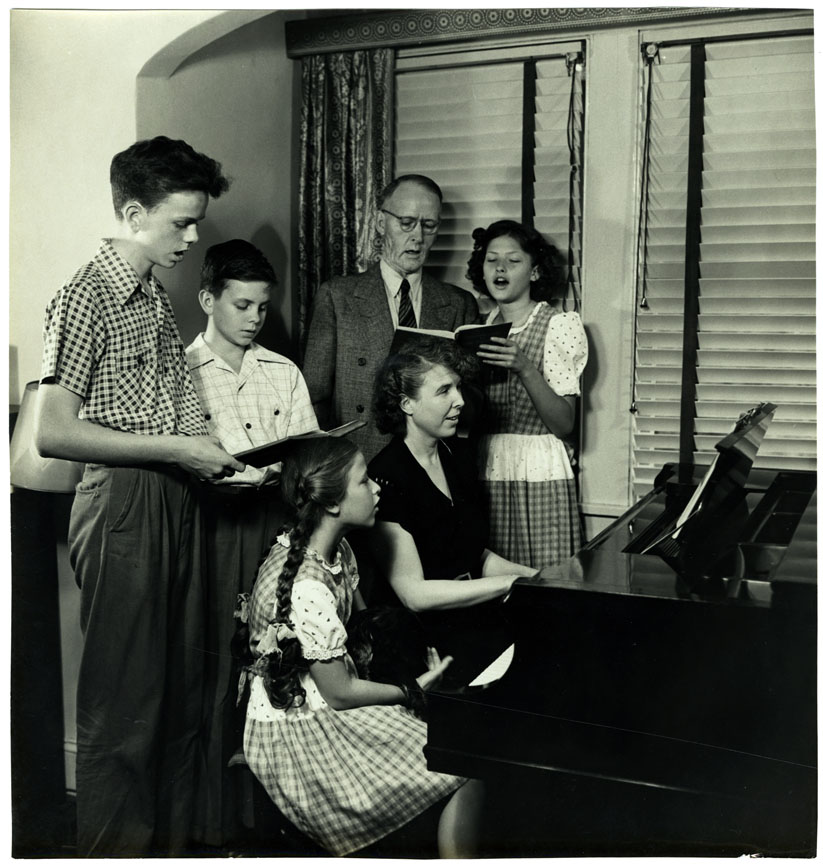On July 1, 1948, The Asheville Citizen reported that four North Carolina counties — Guilford, Burke, Moore and Cumberland — were designated “as polio epidemic areas.” Other regions of the state, including “the extreme western and eastern parts remain with normal limits,” the paper wrote.
At the time, Buncombe County had only four known cases, with two of the individuals residing in Asheville. However, by July 8, the city’s infection rate increased to nine, with two cases resulting in deaths (that of a 4-year-old boy and a 15-year-old girl). “Health department officials have suggested that children not be permitted to attend affairs where they would be in crowds,” The Asheville Citizen reported that day.
Two days later, on July 10, the paper included additional recommendations by the health department, following four new cases. Along with avoiding crowds, children were urged to sleep more and steer clear of “over-exercising.” Further, the health department “recommended avoiding irritation to the mouth, nose, and throat by having teeth pulled and tonsils and adenoids removed, as this also greatly increases danger of the infection.”
In compliance with the city’s guidelines, organizations began canceling or postponing events, including baseball games, square dances and Sunday school sessions. Nevertheless, polio continued to infect the city’s youth, with 24 total cases reported on July 13.
By July 21, the city issued a formal mandate, prohibiting children 16 years and younger from attending all public gatherings. Adults were also encouraged to refrain from social outings and strenuous exercise “since they may develop a mild case of polio and be a carrier of this disease,” The Asheville Citizen wrote.
In addition to the ordinance, the city launched a new DDT spraying campaign to eviscerate infected flies, based on a report by the county medical society that suggested insects might be spreading the virus to humans. According to an article in the July 21, 1948, edition of The Asheville Citizen, trucks mounted with “Bean spray hoses” began showering neighborhoods with the chemical compound. “Residents,” the paper wrote, “appeared to be pleased when the big machines passed, throwing a cloud of fog-like spray, that in some instances gave a snow effect on lawns and shrubbery.”
Along with the city’s efforts to wipe out potential threats, several local organizations also worked to “relieve family tedium during this … isolation,” The Asheville Citizen reported on July 28. Special radio programs were created, and competitions were organized. “One of the contests arranged for young essayists,” the paper wrote, “has as its subject, ‘How I Learned to Get Acquainted with My Parents.’”
Despite these efforts to contain the virus, infections mounted. By July 30, the city and Buncombe County reported a combined total of 70 cases. That same day, the city’s health department closed all nonessential businesses and prohibited public gatherings.
“It is a drastic order,” The Asheville Citizen declared in an editorial featured in the following day’s paper. “But the situation demands it and the public will accept it.”
The editorial continued:
“The polio epidemic presents a serious crisis to this community. To a large extend, medicine is fighting the unknown. Polio in its epidemic effect is probably much less critical than some other diseases. The influenza epidemic in Asheville during the first World War period claimed many lives and was infinitely more dangerous. Yet in fighting the unknown, we are also fighting the fear and panic which the unknown creates. More minds will be at rest, and possibly the ravages of polio will be limited, through this order prohibiting every kind of activity in Asheville which produces large crowds.”
Editor’s note: This is the second article of an ongoing series exploring the 1948 polio outbreak. The first piece can be found at avl.mx/760. Punctuation and spelling are preserved from the original documents.






Mr. Calder’s articles giving us historical perspective are greatly appreciated.
People today are selfish and unwilling to give up their freedoms, habits and ways of life to help prevent spreading contagions.
I wonder, could the “showering the neighborhood” with DDT have had anything to do with more people getting sick? In the words of the great Jon Rappoport, that’s called a clue.